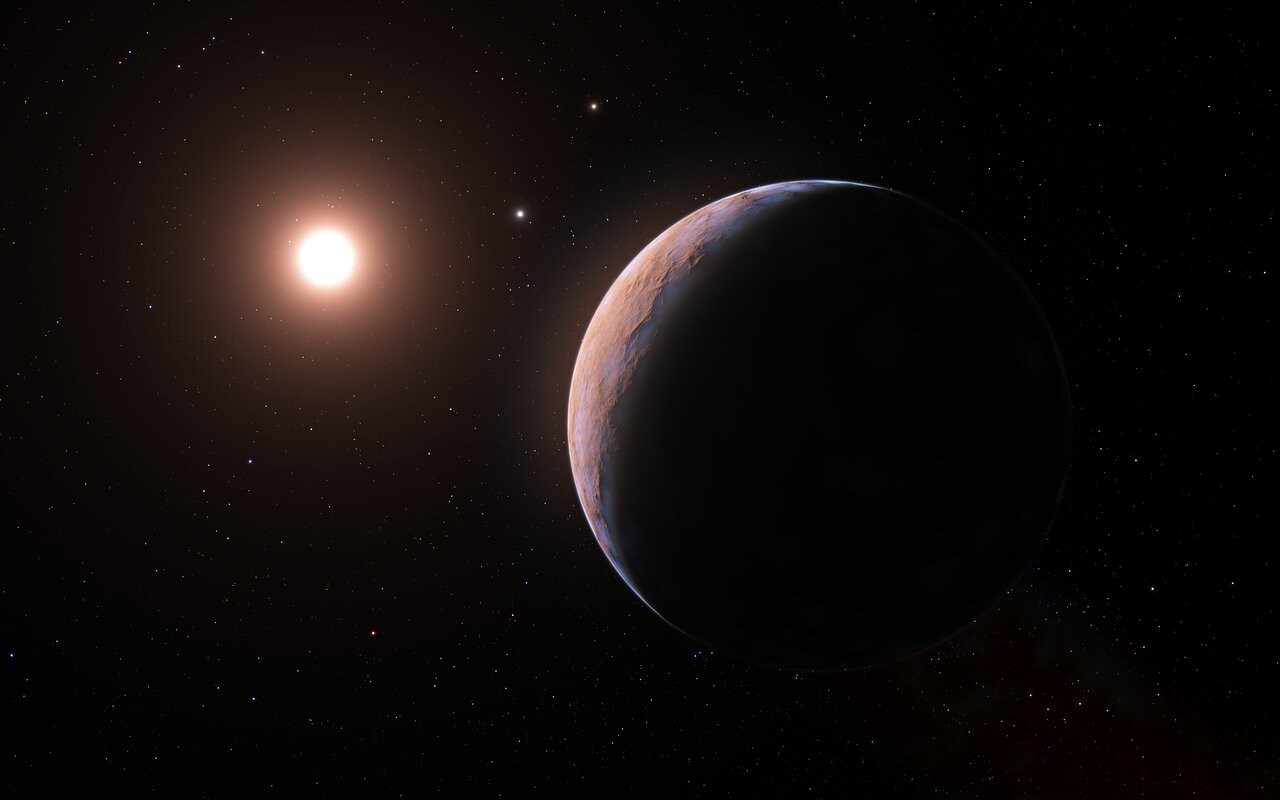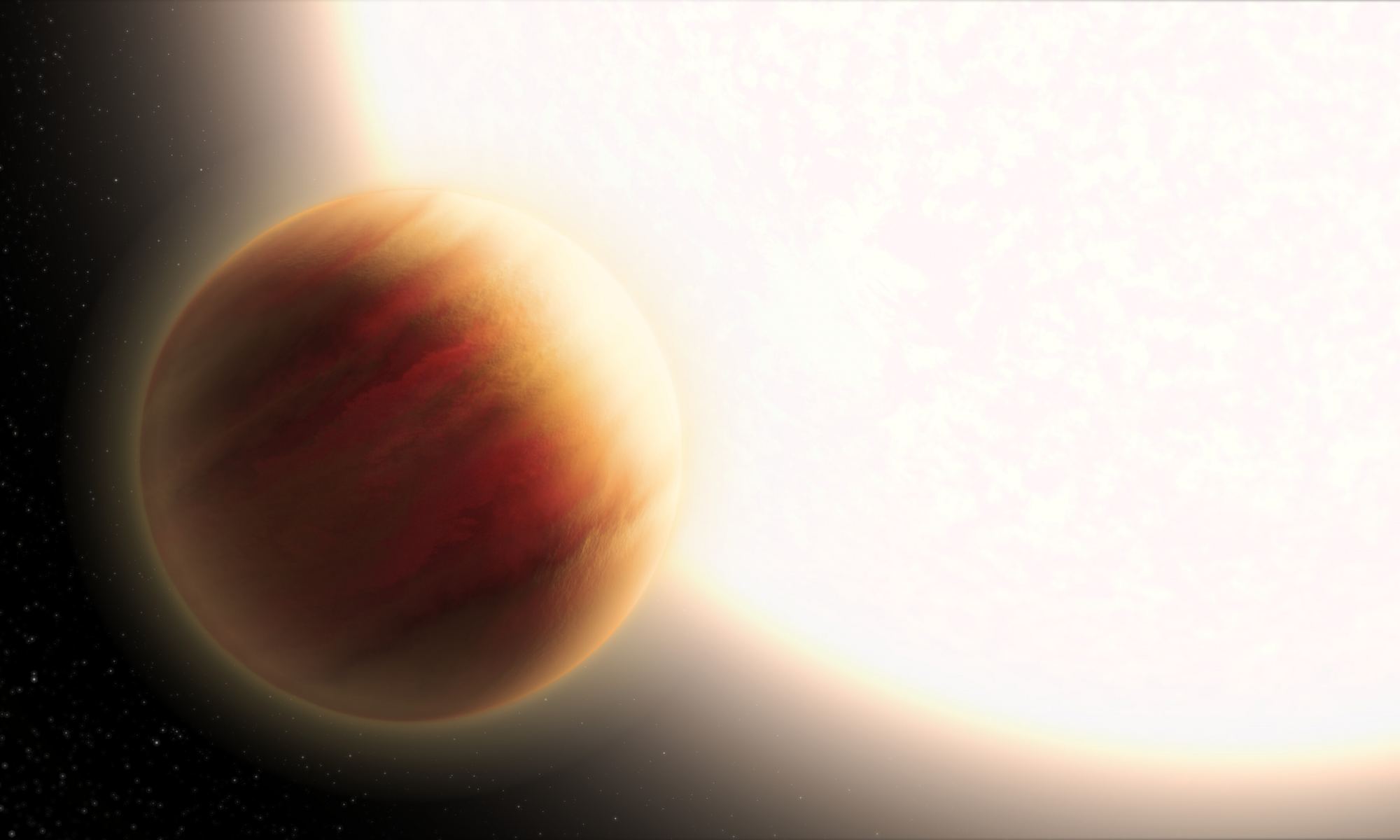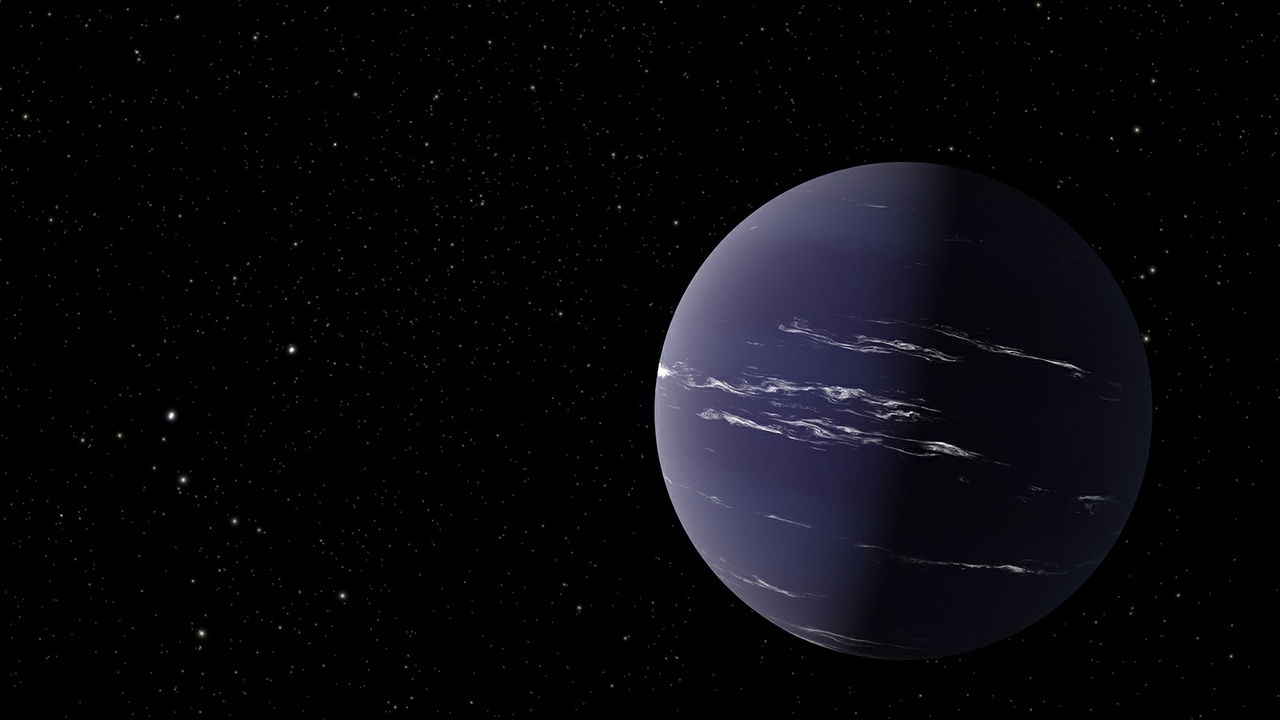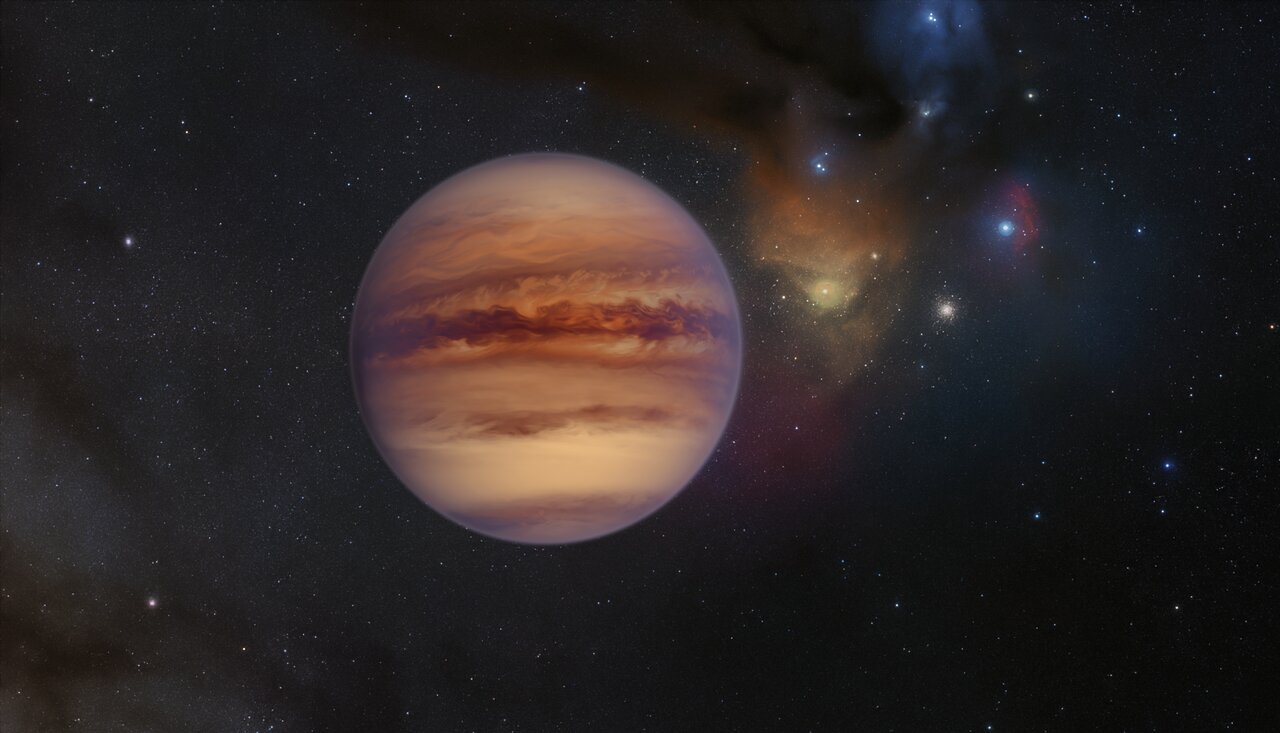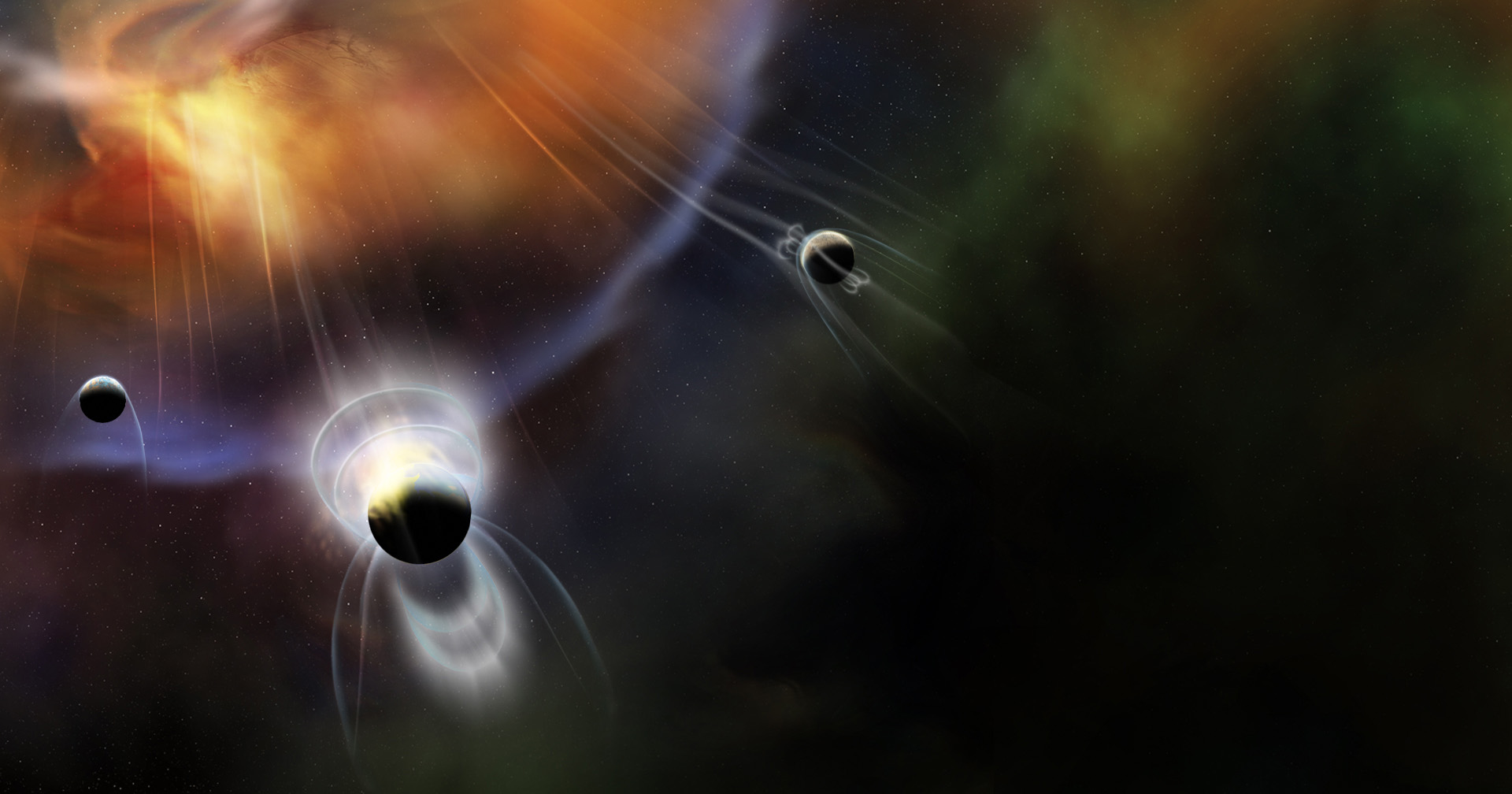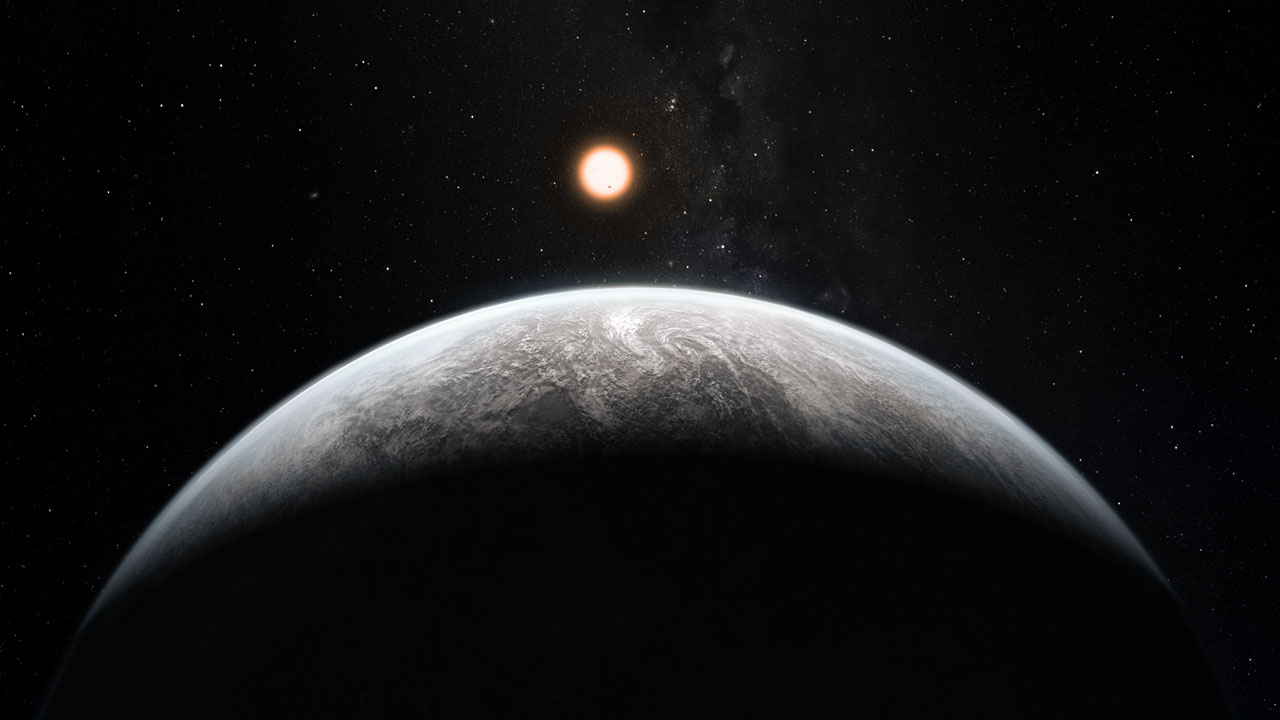In August of 2016, astronomers with the European Southern Observatory (ESO) announced that they had discovered an exoplanet orbiting in neighboring Proxima Centauri. Based on Radial Velocity measurements (aka. Doppler Photometry), the discovery team estimated that the planet was roughly the same size and mass as Earth and orbited with Proxima Centauri’s Circumsolar Habitable Zone (HZ). In 2020, this planet was confirmed by follow-up observations.
In that same year, a second exoplanet (Proxima c) roughly seven times the mass of Earth (a Super-Earth or mini-Neptune) was confirmed. As if that wasn’t enough, an international team of astronomers with the ESO recently announced that they detected a third exoplanet around Proxima Centauri – Proxima d! This Mars-sized planet orbits about halfway between its host star and Proxima b and is one of the lightest exoplanets ever discovered.
Continue reading “A THIRD Planet Found Orbiting Nearby Proxima Centauri”
